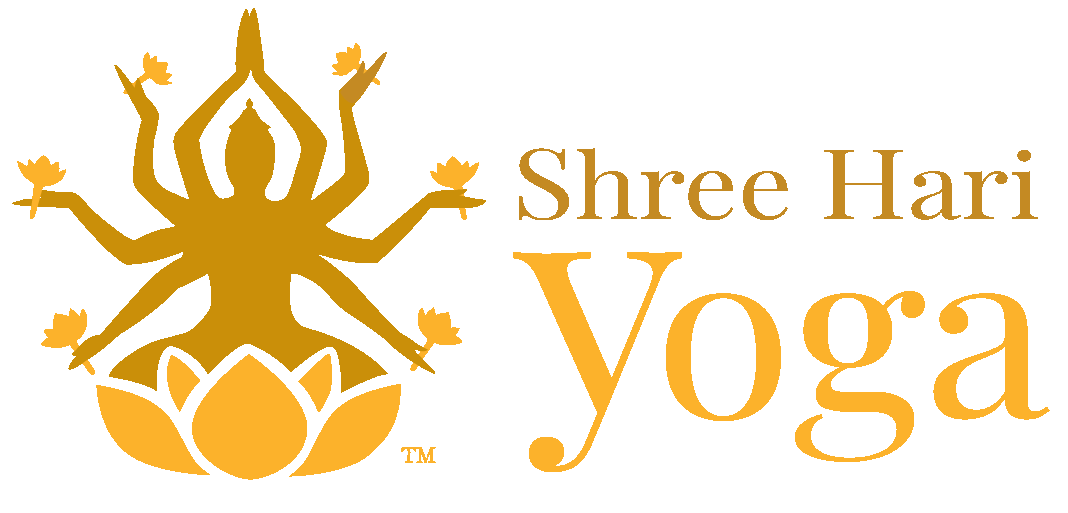
One of the three primary texts of hatha yoga is this one. The word “pradipika” means “to cast light.” Therefore, the Hatha Yoga Pradipika can be seen as a lighthouse for the mystic realm of hatha yoga. This branch of yoga purifies the body through asana, bandha, concentration, mudra, pranayama, and shatkarma. Raja yoga and samadhi are learned using this as a foundation.
Raja Yoga promotes self-control and discipline, both of which call for intense concentration. You must follow the hatha yoga path to achieve that. The four sections of the Hatha Yoga Pradipika are dedicated to eliminating toxins from the body. Asana, shatkarmas and pranayama, mudra and bandhas, and samadhi are the four divisions (enlightenment).
Hatha Yoga Pradipika:
Asana
- The six factors that ruin yoga are excessive eating, physical activity, chattiness, adherence to rules, being around regular people, and instability of mind.
- The six factors—enthusiasm, persistence, discrimination, unwavering faith, courage, and avoiding the company of ordinary people—are what make yoga successful.
- The best asana is Paschimottanasana. The pranic currents rise through the main energy channel when performing this asana. The practitioner’s stomach flattens, their digestive fire grows, and they become disease-free.
Pranayama and Satkarma
- External signs that the nadis are being cleansed are success; the body becomes lean and radiant.
- The breath should be felt from the throat to the heart and produce a sonorous sound as you inhale through the ida and pingala nadis while closing your mouth.
- The mind is unstable when the breath is unstable. The yogi develops steadfastness when the breath and the mind are both steady.
- Where is the fear of dying as long as the body keeps breathing, the mind is at peace, and the sight is in the middle of the brows?
- Hatha yoga is perfected when the body is lean, the face is calm, the inner sound is manifested, the eyes are clear, there are no diseases, the bindu (semen/ova) is under control, the digestive fire is active, and the nadis are cleansed.
Bandha and Mudra
- As a result, the yoga practitioner defeats death by keeping the bindu. Semen/ova release results in death; bindu conservation results in life.
- She is a true yogini who controls and raises her rajas to conserve it. She fixes herself in the khechari mudra and is aware of the past, present, and future.
- By performing the vajroli mudra, the bindu and the rajas within one’s own body come together, bestowing all siddhis or perfections.
- The yogi who regularly moves the shakti experiences siddhi, or perfection. She easily overcomes time and death. What else needs to be said?
Samadhi
- The mind becomes immobile like a bird without wings when it stops being fickle and is united by being fixed in nada.
- Thus, one who seeks total control over yoga should explore the nada with a focused mind and no thoughts.
- The yogi is not consumed by time, constrained by Karma, or subjugated by anyone while in samadhi.
- Yoga practitioner in samadhi is unaware of smell, taste, form, touch, sound, oneself, or other people.
Aim of Hath Yoga
There are not two minds, there is one mind trying to split itself into two. One mind wants to break the discipline and the other mind wants to maintain the discipline. You can find this split in everybody.
The authorities and masters of hatha yoga realized this danger. Therefore, they said, first discipline the body. They explained what they meant by the body. The subtle elements (tattwas), the energy channels (nadis), within the body should be purified. The behavior of the vital force (prana), the entire nervous system and the various secretions in the body should be properly maintained and harmonized. After this one should go on to practice mudras like vajroli, sahajoli, khechari, shambhavi, vipareeta karani and others. This way, it will be possible to develop deep meditation. These practices will induce pratyahara and lead into dharana, dhyana and samadhi.
I am text block. Click edit button to change this text. Lorem ipsum dolor sit amet, consectetur adipiscing elit. Ut elit tellus, luctus nec ullamcorper mattis, pulvinar dapibus leo.
